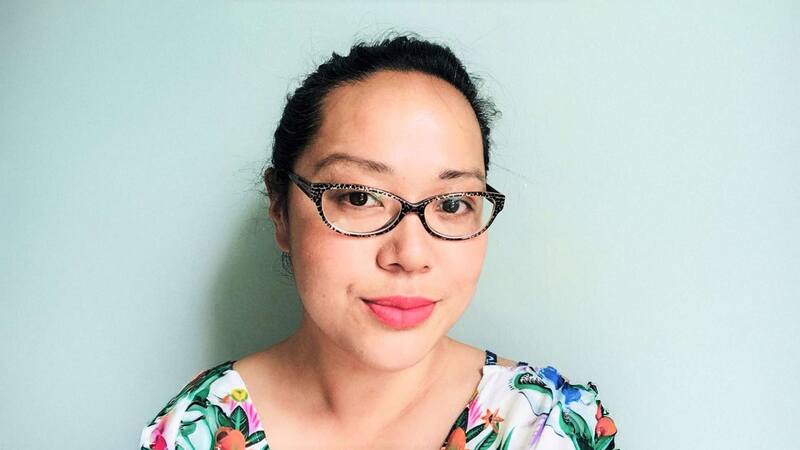You are viewing your 1 free article this month. Login to read more articles.
Children's non-fiction must lead the way with STEM
There is still much to be done in the book trade when it comes to rewriting the narrative around science, technology, engineering and mathematics.
On Wednesday April 27 2022, the government’s social mobility commissioner, Katharine Birbalsingh, appeared before the Commons Science and Technology Committee to discuss diversity and inclusion in STEM subjects. When asked why fewer girls chose A-level physics, she stated “I just think they don’t like it. There’s a lot of hard maths in there that I think they would rather not do… the research generally… just says that’s a natural thing,” she added. “I don’t think there’s anything external.”
Unsurprisingly, Ms Birbalsingh hasn’t done the maths. Research shows no cognitive biological differences between girls and boys in maths, so the idea of a male "maths brain" is just not true. In an article published in the international journal Nature in 2019, a study of 104 children from ages 3 to 10 found similar patterns of brain activity in boys and girls as they engaged in basic math tasks, providing fresh evidence that girls start out with the same maths abilities as boys. So why, in the UK, do men outnumber women three to one in science, technology, engineering, and mathematics (STEM) professions (78% compared with 22%)?
Despite equal levels of ability, a gender gap grows over time as girls are discouraged and tracked away from STEM subjects—the result of "external" forces, to go back to Birbalsingh’s original comment. Sage committee member Professor Catherine Noakes said, “Girls are so often told that mathematics, physics and engineering are not for them, and this is conditioned by society.”
The more clearly we can focus our attention in the wonders and realities of the world around us, the less taste we will have for the destruction of it
The media we consume—and the books we read—also profoundly affects an individual’s attitudes, behaviours, and beliefs. Albert Bandura’s work finds that individuals model their behaviour based on the behaviour of others, including fictional media characters. In short, girls and women internalise the stereotype of STEM as being for men, and this, coupled with experiences of gender bias from adults around them, discourages many from pursuing a STEM career.
As a publisher of children’s non-fiction, the discussion hits home. It reminded me how much work still needs to be done in rewriting the narrative on our bookshelves to celebrate the stories, achievements and invention of real-life women working in STEM and the science of everyday life. We have a duty beyond reading for pleasure to ensure that every child has the knowledge that they can reach their potential by seeing other people doing the same. The children’s illustrated non-fiction category has made huge strides in becoming more inclusive and reflective of society – just think of how the bestseller lists have changed over the last decade, from books like Goodnight Stories for Rebel Girls, to Women in Science, to the Little People Big Dreams series.
I became a non-fiction specialist because I realised that learning and discovery are some of the best things families can do together around a printed page. Until 10 years ago, when the illustrated non-fiction category exploded in the UK with books like Maps and Animalium, there wasn’t such a focus on the genre. That has now changed dramatically—but clearly there’s need for more, particularly in STEM subjects.
Over 60% of the books we publish at Magic Cat have STEM at their core—whether it’s a mindful story from Slow Down; a collection of inspiring biographies about indigenous climate activists in Mya-Rose Craig’s We Have a Dream; a summer picnic in the magical woodland world of If You Go Down to the Woods Today; or a family guide to growing and loving plants in Grow. We are fully committed to bringing the world of science to everyday readers in a form that starts as soon as they can open a book, so that science, maths and the arts are a "natural" part of reading for anyone who buys one of our books. Next month we publish a picture book written by Saskia Gwinn, Scientists Are Saving the World, So Who is Working on Time Travel? which highlights the achievements of more than 30 diverse scientists—from botanists, to robotic engineers, to climate scientists.
As Rachel Carson, the author and conservationist, said: “the more clearly we can focus our attention in the wonders and realities of the world around us, the less taste we will have for the destruction of it”. The more our kids learn about the world they are growing up in, the more they will care about it. Our hope is that such learning—and caring—starts its life in the form of a STEM book.


















